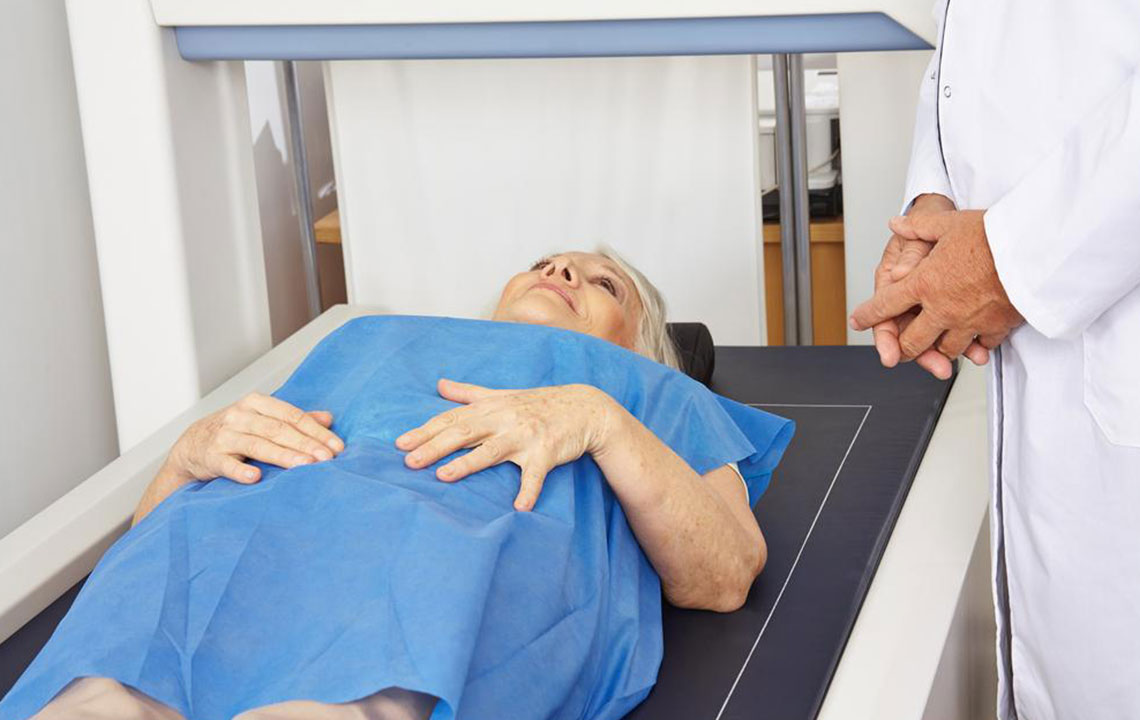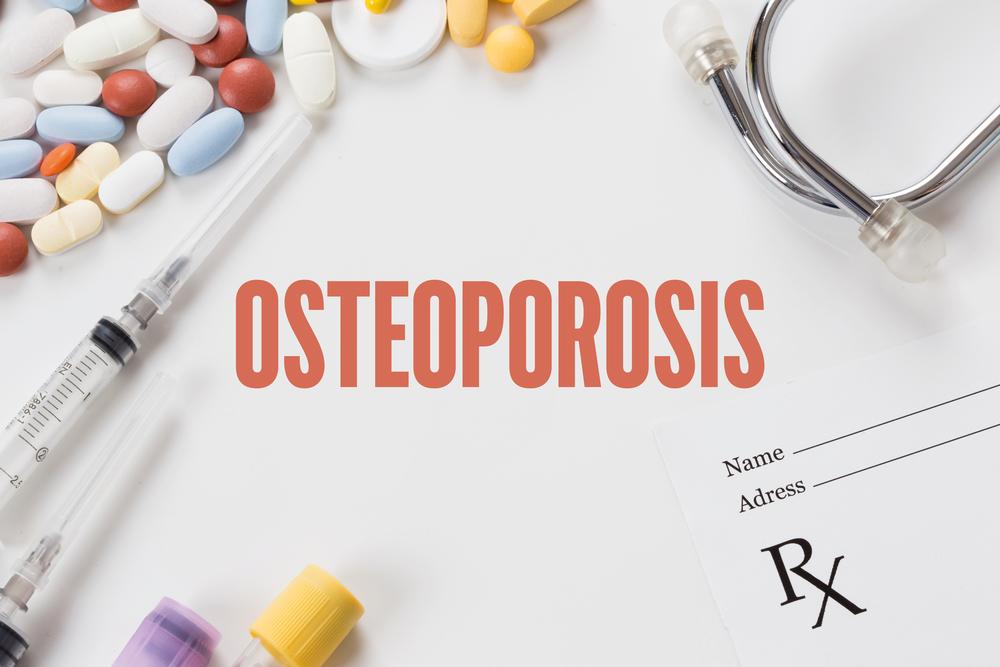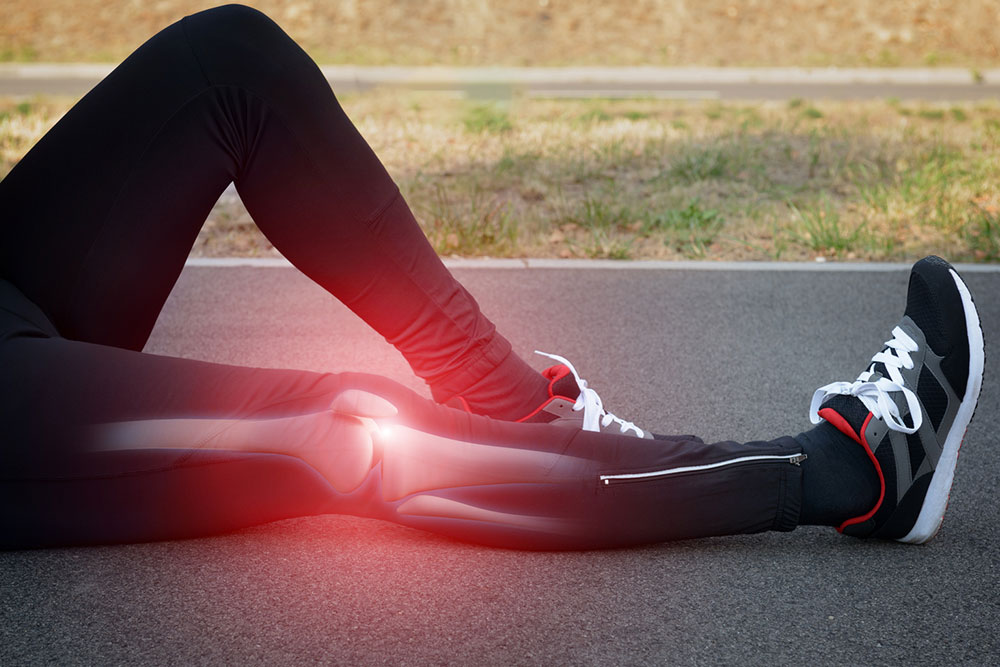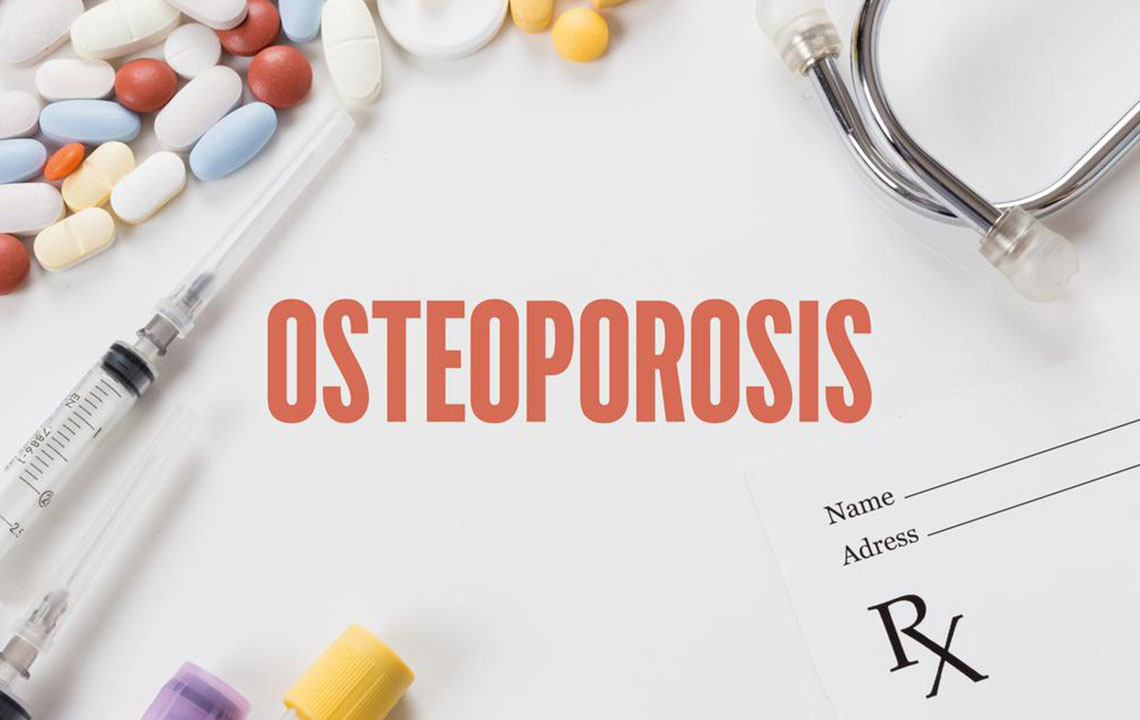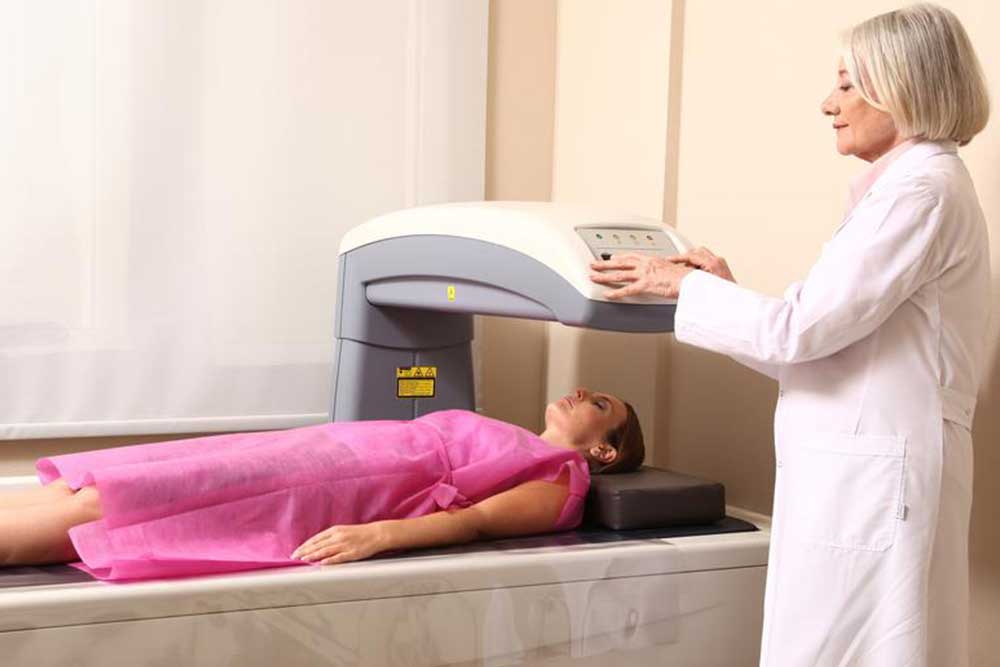Comprehensive Guide to Bone Density Testing: What You Need to Know
This comprehensive guide delves into bone density testing, explaining its importance in diagnosing osteoporosis and assessing fracture risk. It covers who should consider the test, the procedure involved, and how early detection can prevent fractures. Learn about different scan types, risk factors, and what to expect during the process, helping you take proactive steps for maintaining strong bones and overall health.
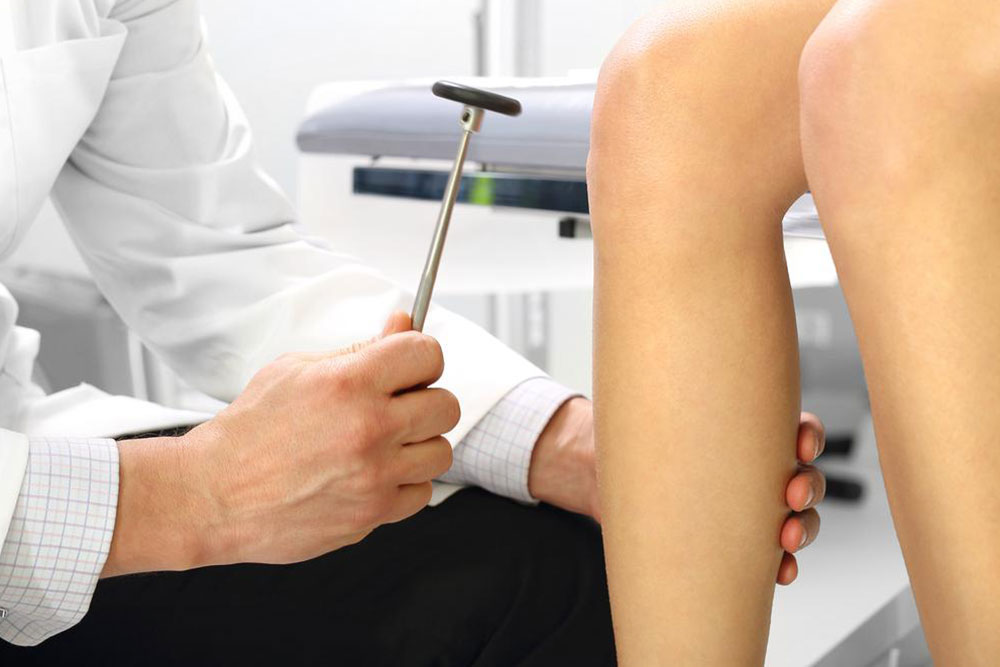
Comprehensive Guide to Bone Density Testing: What You Need to Know
Bone health is a critical aspect of overall wellness, particularly as we age. Osteoporosis, a condition characterized by decreased bone density and deterioration of bone tissue, significantly increases the risk of fractures, especially in vital areas like the spine, wrists, and hips. Understanding how to assess bone health and detect osteoporosis early can help prevent fractures and maintain mobility and independence. In this detailed guide, we will explore everything you need to know about bone density testing, why it is important, who should consider it, and what to expect during the procedure.
Osteoporosis affects millions of individuals worldwide, with a significant prevalence in the United States. Approximately 10 million Americans suffer from osteoporosis, including roughly 8 million women and 2 million men. An additional 34 million are classified as having low bone mass or osteopenia, placing them at increased risk of developing osteoporosis. The condition often progresses silently without symptoms until a fracture occurs, making early detection crucial for effective management.
Bone density testing is one of the most effective methods to evaluate bone health and assess fracture risk. It is a quick, non-invasive procedure that provides vital information about bone strength and the likelihood of future fractures. Doctors often recommend this test for individuals who display risk factors or experience symptoms associated with weak bones.
Significant height loss: Losing at least 1.6 inches in height can indicate vertebral fractures due to osteoporosis.
Occasional or frequent bone fractures: Fragile bones are more susceptible to breaks, often with minimal trauma.
Prolonged steroid use: Extended use of corticosteroids such as prednisone can interfere with bone regeneration and increase osteoporosis risk.
Organ transplants: Transplant recipients often require immunosuppressant medications, which can adversely affect bone density.
Hormonal changes: Postmenopausal women experience a notable decline in estrogen levels, weakening bones. Similarly, treatments for prostate or other cancers that reduce testosterone levels can elevate fracture risk in men.
The primary method for assessing bone density involves a low-dose X-ray scan. This scan is designed to detect early signs of bone mineral loss and reduction in density, providing critical information for diagnosing osteoporosis or osteopenia. The procedure focuses primarily on the hip and spine, which are the most common sites of osteoporotic fractures.
In cases where hip scans are not feasible—such as in patients with hyperthyroidism or those unable to lie still—a forearm scan may be used as an alternative. For individuals under 60 years old, healthcare providers typically recommend solely focusing on the hip to evaluate bone health accurately.
Bone density measurement can be performed using central or peripheral devices. Central scanners, often found in medical facilities, assess the spine, hip, and total body to give a comprehensive view of bone strength. Peripheral devices, on the other hand, evaluate areas like the heel, shin, wrist, or finger, which can offer convenient screening options.
The entire test generally takes about 15 minutes. During this period, the patient lies comfortably on a table, with the scan taking approximately 5 to 8 minutes. The detailed 3D images generated from the scan provide valuable insights into the patient's bone health, revealing issues beyond osteoporosis, such as age-related degenerative changes, bone quality, and distribution.
Understanding your bone density is crucial for early intervention and effective treatment planning. Lifestyle modifications, dietary adjustments, medications, and other therapies can significantly improve bone health if osteoporosis or osteopenia is diagnosed early. Regular bone health assessments are especially important for individuals with risk factors such as menopause, certain medications, or previous fractures.
In summary, bone density testing is a vital tool in diagnosing osteoporosis, guiding treatment, and preventing fractures. If you fall into a high-risk category or experience symptoms like height loss or fractures, consult your healthcare professional about scheduling a bone density scan to ensure your bones remain strong and healthy as you age.
